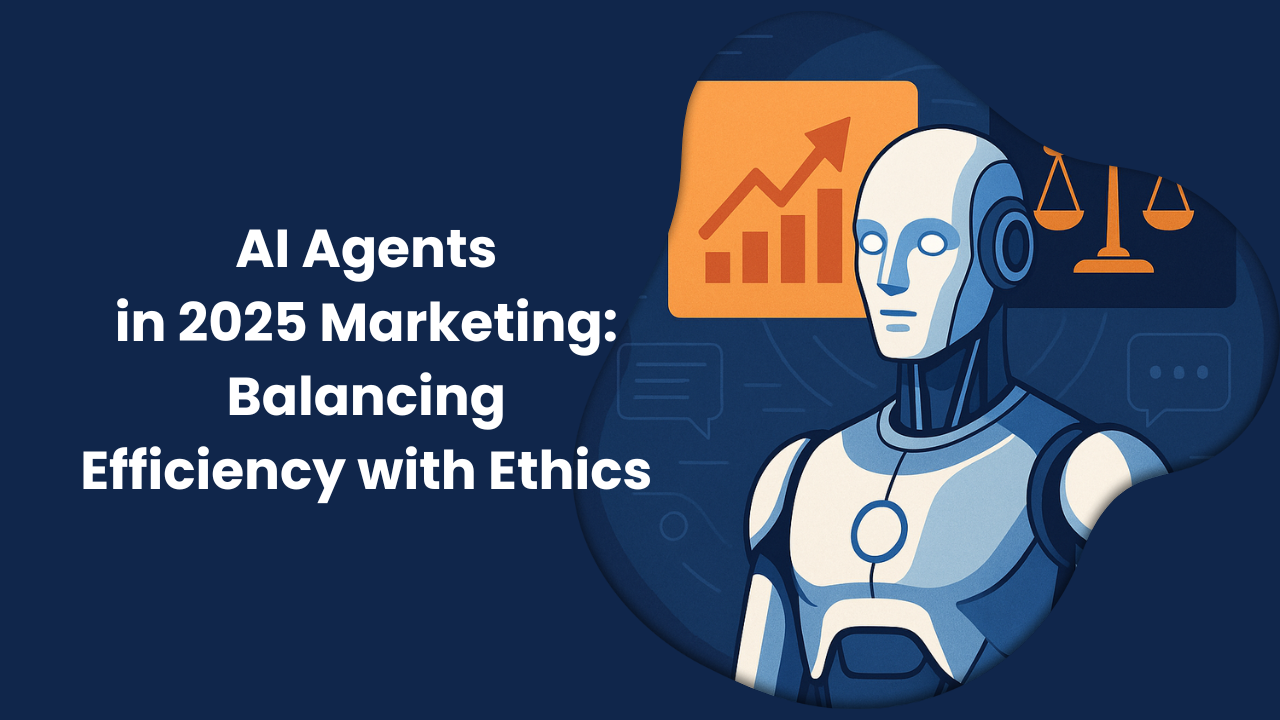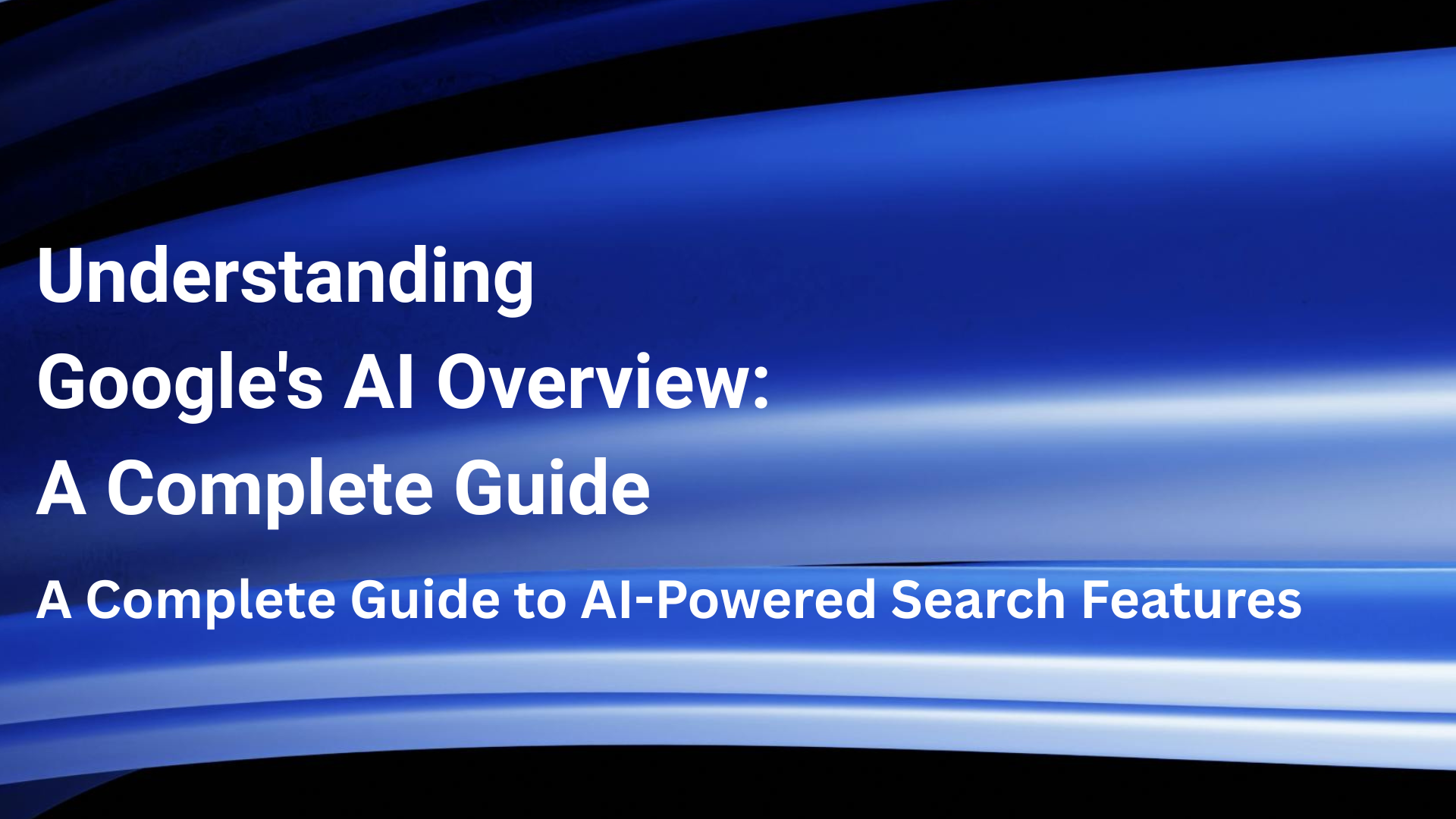Email Engagement | 6 Insanely Effective Tactics to Engage Email Subscribers
Email Engagement; “Mail blasts” was a long-used term for sending a mass e-mail to each subscriber on your list. It’s mostly a thing of the past, because of a larger need for personalized messaging that engages subscribers.
But sending personalized messages to each subscriber can appear challenging. How do you send the right message to the right person at the right time?

As per a questionnaire about what’re marketers aims and challenges with their e-mail marketing and advertising approaches. Increasing client engagement rates was the most important goal for 58% of marketers and the most critical barrier for 44% of marketers.

These statistics are eye-opening with regards to the importance of client engagement and the importance of overcoming this challenge.
In this informative article I will share six powerful email tactics you can begin using today to engage your e-mail subscribers.
Create lively and storytelling content
Content that engages in storytelling and inspires its readers provides a distinguishing value to their online experience. And, when creating campaigns, it’s important to add relevant content that relates to your brand’s message and the interests of your subscribers.
Among the best ways to do this is through creating an e-mail newsletter that’s loaded with value-add content, such as news, client success stories, tips, and more. According to Forbes, millennials longer become engaged through pure ads — people expect more from brands and online content.
Catrinel Bartolomeu, Head of Editorial at Duarte, put it best when she wrote, “We’re wired to get well-told narratives…even though authenticity counts for a lot, you finally must make an audience feel things to compel action.”
Connecting with your subscribers in a personal way through content can motivate them to convert into customers and research your merchandise.
When a brand is in a position to connect with their audiences on a personal level, they are in a position to construct a long-lasting relationship and drive client acquisition and conversion.
Use strong topic lines
Inboxes are continuously flooded with personal, professional, and promotional e-mails every day. While we sift through our inboxes, determining which e-mails to start and which ones to bypass or delete, we make these decisions based on the subject lines we see at first glance.
It’s crucial to create subject lines that appeal to your readers and lead to higher involvement rates. Strong subject lines are short, descriptive, and also promising. You can explore different styles, like informational, personal, smart, how-to, etc..
Including emoji, coupon codes, or cliffhanger’s are also creative tools you can utilize when writing subject lines. Check out these 45 Calls to Action to Use in Email Marketing Campaigns
Create polished e-mail designs
If an e-mail is challenging to consume, chances are that a reader will stop engaging with it. Possessing a clean, crisp, and creative e-mail design is important to client involvement, and using eye-catching and relevant graphics with short blocks of copy will encourage customers to read through the entire e-mail.
It isn’t only important to get a strong desktop e-mail design, you also have to be sure that your newsletters are simply adaptable to cellular. In 2016, over 68 percent of mails were opened on a device. Employing responsive design for cellular is vital to grabbing your reader’s attention in an engaging manner.
Personalize your mails
Whenever I have interviewed marketers I have found that enhancing e-mail personalization was the Number 1 goal for 38% of entrepreneurs and was also the number 1 challenge for 36% of entrepreneurs. Marketing automation, segmented listings, and 3rd party integrations make e-mail personalization easier and more successful. Your readers want content that is most relevant to them as well as their interests.
Adding their name in the topic line is a superb start, but there are more ways to take part in a personal manner. They would like to feel as though you know who they. Using lists may allow you to create a personalized and targeted e-mail campaigns around demographics. Through using data, you are able to send e-mail messaging and behaviour triggered mails as a way to improve your email personalization.
Segment your email lists
E-mails with customized topic lines generates a 760 percent increase in earnings. Segmenting your target listings permits you to personalize mails and connect with your audience in a powerful manner.
Information that’s pertinent to one client might not be applicable to another, therefore personalizing mails based on targeted listings will improve your email participation prices. Among the best ways to effectively manage your lists is thru data about your clients in a signup form. You are able to gather info from subscribers including geographical location, sex, marital status, occupation, age and interests. You may also section lists according to their purchaser’s travel or recent activity. For instance, you may send each client an e-mail, and deliver devoted clients VIP content. After creating segmented lists, create separate e-mail campaigns which are most relevant to every list and their interests.
This increases the significance and personalization of every e-mail you send, which, in turn, may increase your ROI. What about some of the others approaches you can segment your emails listing? You’ve heard about buyer’s travel and e-mail activity, but what about landing web page activity? Occasionally the journey begins well before an individual is a customer. Prospective customers may be surfing your product pages, about page, or contact page for more information. Segmentation by user behaviour, not just customer travel, is a powerful way to segment your listing.
What about those individuals who just stop in for particular occasions? How about people who use your site over others? Each group has possible for email participation. If you see users with low use rates, for instance, it might be an ideal chance to send out re participation e-mails to engage inactive customers. You can even assist those in a readiness period right before a buy to complete the necessary steps.
As far as personal traits go, there are several other options outside the ones mentioned above. As an example, as opposed to segmenting people by their profession, you are able to Create larger and more general segments by targeting business. This allows you make broader e-mails that may reach people and help you determine which business sections are the most profitable ones. As an example, rates that are open are very different, depending upon the business, so subscription data along with other participation metrics may show similar disparities. Take the first category. Within it, there might be drivers, mechanics, logistics managers, and other unique positions.
Having them in the same segment offers some targeting benefits that are not there when separated. When speaking about subscriber participation, duration of subscription also plays a role. As an example, new subscribers may enjoy a little overview of what your brand is all about. Since your subscriber is fresh, they might need more info that your present subscribers would not.
Have a look at just how Lululemon does it. Not only do they supply a warm welcome, but also the provider lets newcomers know just how many e-mails they can anticipate, while also providing a useful link to their blog, just in case the subscriber is looking for content.

Remember, re participation emails are utilized to engage inactive customers. They are also able to do the same for inactive subscribers. Your electronic mailing list may do a great deal for your brand that does not entail making a purchase. Downloading eBooks, filling out surveys, clicking on calls to action, and check out new pages are all the actions you are able to encourage. Creativity is required by email participation. Occasionally you might want to be a little wider with your sections. And, in several cases, you’ll want to adapt your frequency that is ship for some classes, but not others.
But you segment your listing, you open yourself up for fresh chances. When you are going by a few of the lesser known segmentation practices, you can get excellent results and sometimes even push your values more than expected.
Use e-mail marketing automation
To be able to create lists, send out targeted e-mail campaigns, and measure their effectiveness, you will need to have a trusted e-mail marketing automation tool set up. Marketing automation permits you to nurture leads through client travel and convert them into customers. These tools permit you to implement workflows and ship out timely and consistent targeted e-mail campaigns which are relevant to your subscribers.
Analytics show you what is working and what is not. With these tools, you are able to see which campaigns carry out the best along with your different lists, as well as which content your subscribers care about the most. You are able to create client profiles, A/B test different subject lines; measure emails conversions and monitor open and click rates, as well as increase your total Return on investment through utilizing marketing automation. Having these tools set up makes it simpler to create longer lasting involvement with your committed subscribers, while also engaging with your brand new ones.
An effective email marketing automation tool will allow you to focus your time on engaging with your customers using the tactics discussed here, while measuring how each tactic is impacting your overall engagement rate.
Conclusion
Customer engagement is crucial to customer acquisition and customer retention but it can serve as a huge challenge when you don’t fully understand who your customers are, what they care about the most, or how you can connect with them at scale.
You can break down the barriers that 44% of marketers said they face when looking to increase overall customer engagement through using the right content, design, email personalization, segmented lists, and email marketing automation.
Once you start using these tactics, remember to constantly re-evaluate each one—your customer journeys and customer profiles may change over time. As their needs and interests evolve, your content and email engagement tactics will need to evolve along with them.
If re-engagement is the goal, even as things change, stick with a
strategy that’s always proven to be effective: dynamic content.

